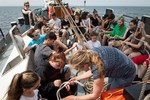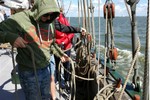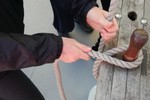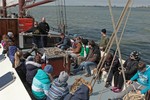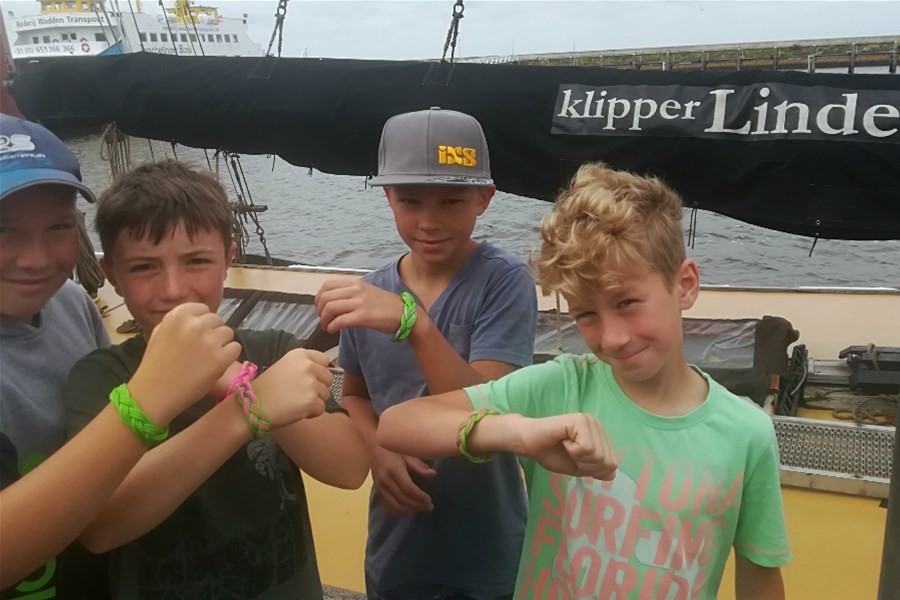
Some of the most commonly used knots on board are the figure eight knot, the clove hitch, the “twee halve steek” and the “Paalsteek”. Because of their firmness and reliability, these knots are favored by many skippers. The purpose of these knot is that they do not come loose by themselves, but simply can be loosened if desired. And that is still an art!
The clove hitch is used mainly to tie a ship. Only disadvantage of this variant is that the knot can be very stuck when there is a lot of power - and this is still the case with tying. The “twee halve steek” are a very easy knot that is also used to secure the rope to a pole. It's a half-way variant; a knot that locks a rope 'for the time being', this knot goes separate and therefore the two half-stitches are devised. With a pole stitch you can make a non-slidable loop at the end of a rope. This loop can then be placed around a pole. With a little bending and wrinkling, the pole stitch will always loosen.
Perhaps the most famous knot: the figure eight knot. This knot is used primarily as a 'stopper' at the end of a rope. For example, to prevent the entire rope from pushing through a pulley.
In short: There are plenty knots! Everything about the above-mentioned knots - and more! – will ypu learn during the rope course.
General
- Venue
- On the boat
- Cost
- Free

